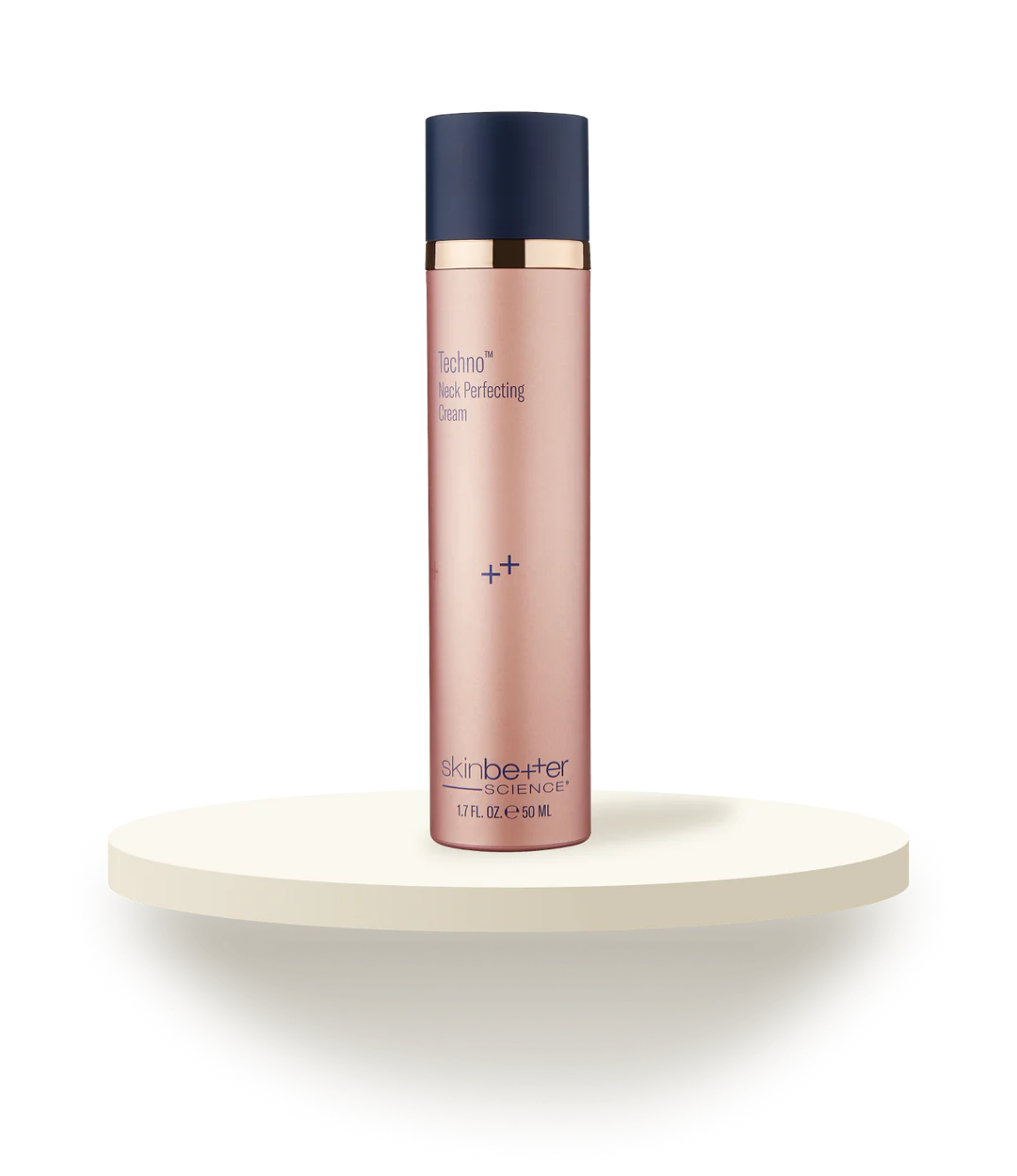Causes of Broken Teeth
Scoring 5 on the Mohs hardness scale, the enamel that forms the outer layer of our teeth is the hardest known biological material. Enamel is mainly comprised of hydroxyapatite, which is a derivative of calcium phosphate. It is harder, yet more brittle, than steel. This means that enamel is easier to chip or break than to scratch.
As hard as it is, tooth enamel can be broken, some of the most common causes of broken teeth as:
Falling, being hit in the mouth, or other physical trauma
Traditional amalgam fillings that fail to support the enamel
Biting into hard candies or other hard food
Dental caries (cavities) that weaken teeth
When a tooth gets broken for any reason, the person may or may not feel discomfort or pain. Some people lose a small piece of a tooth and don’t even realize it happened. Others lose a large piece of the tooth and feel severe pain. It depends on if the tooth’s nerve has sustained damage or not.
Dentin is a pulpy substance that makes up the internal part of the teeth under the enamel. It contains nerves and blood vessels that supply nutrients to the tooth. A broken tooth can expose the dentin to the atmosphere, which can cause sharp and rapid-onset pain. Cold and hot foods and beverages can exacerbate the pain significantly.
In some cases, a broken tooth may not cause any pain until you attempt to chew something or put pressure on it in some other manner.
Diagnosis of Broken Teeth
A dental professional can diagnose a broken tooth to determine its type and severity. There are several classifications of tooth fractures including:
Minor cracks (craze lines) that only affect the enamel
Cracks that penetrate deeper than the enamel
Minor chips that do not require treatment
Broken cusps (points) that do not typically affect the pulp or nerves
Serious breaks that expose the dentin and/or nerve
Split teeth that separate into 2 vertical pieces
Split root vertical breaks that begin at the root and progress to the chewing surface
Broken or crumbled teeth caused by decay
If you have a chipped or broken tooth, then contact your dentist right away. They will be able to take an x-ray, diagnose it, help you deal with any immediate pain, and then, recommend the best treatment options for you.
Broken Teeth and Root Canals
If the dentin is exposed when a tooth breaks, it can develop a bacterial infection. Root canal treatments are procedures that are performed to remove damaged or dead dentin from teeth. The dead pulp is removed to clear the infection, clean the root canal, and improve oral health. However, the process leaves the tooth weakened, and it will likely need to be protected with a dental crown.
Teeth are not typically extracted from the mouth except for in cases of infection, disease, trauma, or overcrowding. Therefore, a dentist will diagnose a broken tooth to determine if dental restorations like a crown, bonding, or veneer can be helpful before recommending extraction.
Fixing Broken and Missing Teeth: Crowns, Bridges, Implants, & More
If you have broken a tooth, then you should see your dentist as soon as possible. The dentist can determine if the nerve is in danger, and then, the best course of action to repair it.
If your tooth hurts during your wait to see the dentist, you can do the following to protect the nerve and ease any discomfort:
Gently rinse your mouth with warm water
Use an over-the-counter pain medication like aspirin
Apply gentle pressure with a gauze or a tea bag to stop bleeding
Use a cold pack in the area of the broken tooth on the outside of the face
If you are not able to see a dentist right away, then consider a temporary dental cement that you can find at most drugstores. This can help to protect the broken tooth and prevent infection in the short-term.
When you see the dentist about your broken tooth, and if the tooth is savable, they will likely recommend one or more of the following correction techniques:
Dental Bonding
Dental Bridges
Dental Crowns
Dental Implants
Dental Bonding
Dental bonding involves applying a color-matched composite resin to a decayed, chipped, split, or broken tooth to enhance its appearance and function. The bonding material can help teeth to remain functional for longer and can be applied in a quick outpatient procedure at the dentist's office. The plastic resin is shaped and molded to match surrounding teeth in the affordable cosmetic procedure.
Dental Bridges
A dental bridge can be used to fill the gap created by a broken tooth that had to be extracted. Bridges span gaps between existing teeth effectively. They are strong and can even replace broken molars. However, the placement process involves enamel removal from abutment teeth, which means they will need crowns to protect them.
Dental Crowns
Dental crowns are caps that are custom made to fit on the top of a damaged or broken tooth. They are useful for restoring the normal size, shape, and function of chipped or broken teeth. Crowns are made from several different materials including porcelain, ceramic, and gold. They are manufactured to match the color of the patient’s natural teeth.
Dental Implants
Dental implants can be thought of as synthetic, permanent anchors for placing dental crowns on. Titanium abutment screws are inserted directly into the jawbone to provide support for one or multiple dental crowns that are custom matched to the patient’s natural tooth color.
All on Four Dental Implants
This is a procedure for mounting a total set of synthetic teeth onto 4 abutment anchors in the mouth. This is for people who want permanent false teeth that lock onto the anchors and have no need for removal. They can be brushed and otherwise used like natural teeth but cost up to $25,000.

